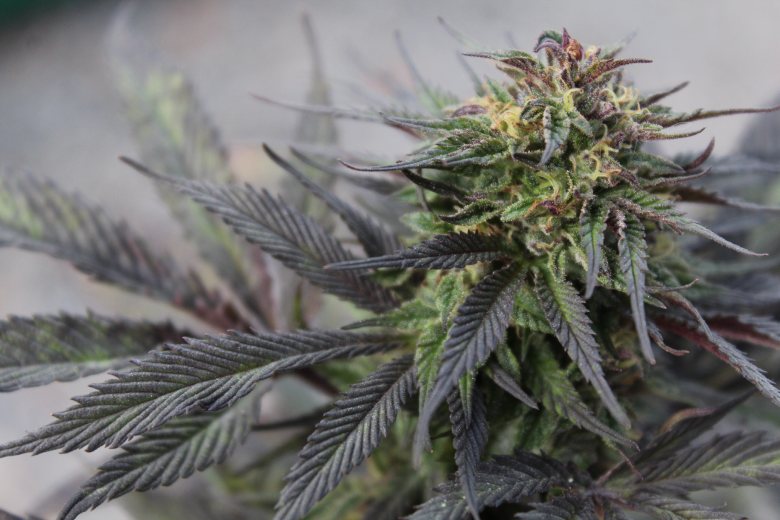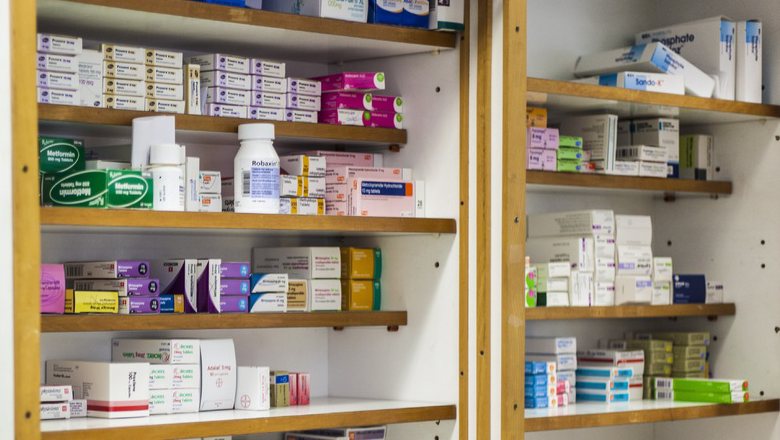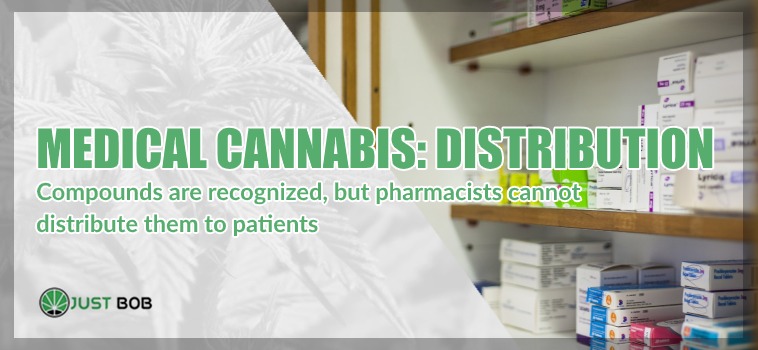Therapeutic cannabis: why not more medicaments?
Therapeutic cannabis is a very different product from CBD cannabis. The legal variety is an almost THC-free product (percentages do not reach 0.5%) and rich in CBD. At the same time, therapeutic has high concentrations of THC and, depending on the species, but also high levels of CBD.
In Italy for example, the cultivation of therapeutic hemp takes place exclusively in the military chemical and pharmaceutical plant in Florence and gives birth to two varieties: FM1 and FM2.

Pharmaceutical hemp FM1 has THC levels between 13 and 20% and CBD below 1%. FM2 is more balanced, with THC between 5 and 8% and CBD between 7 and 12%.
As you may know, patients do not receive medical marijuana in the form of cannabis flowers, but in the way of galenic drugs, that is, made directly by the pharmaceutical industry (with the use of flowers straight from government-recognized institutions). Some, such as Sativex, are particularly suited to neuropathic pain, such as Bedrocan and Bediol.
In January 2020, however, chaos erupted in Lombardy. Many people showed up at the pharmacy but were unable to withdraw their medication, even though the “recipes” of these drugs are perfectly valid and recognized
What for? And what happened?
Read also: Marijuana Games: here are the best ones.
Real chaos in Lombardy: pharmacies cannot accept valid and recognized medicines derived from medical cannabis.

The problem, also reported by Codacons Lombardy, begins from the new circular 41027/2019 on the prescription of medical marijuana-based drugs. This circular, which came into force in 2020, is based on therapeutic actions from the second half of 2019 and is therefore still fully valid.
Specifically, the text of Circular 41027 requires that in the prescriptions of therapies, the physician states the doses (expressed in milligrams) of THC and CBD that the patient should take. This practice is not intended for the old therapies, so the drugs related to this rule of 2019, and still valid, do not present these terms required by the Lombardy region.
This change creates many problems, especially for patients, but also for pharmacists and palliative care and pain therapy clinics.
Pharmacists do not know if they can accept the 2019 drugs, and most of them reject them. The circular does not cancel out old treatment plans that do not indicate doses of THC and CBD. At the same time, however, it does not specify whether these plans can be accepted and therefore used until the expiry of the semi-annual validity.
As a result, patients who have been denied by pharmacists must go to pain therapy and palliative care clinics to request new prescriptions (although those already in their possession have not expired).
And if people want to take this medication, they have to show up even without an appointment.
Many clinics found themselves in chaos, overwhelmed by patients in need, who were forced to wait in line for new indications. The excessive and unexpected work of the clinics, and the inconvenience caused to the patients, which were almost left to their own devices, triggered the reaction of the Codacons.
On January 17, 2020, the association issued a press release describing the difficult situation caused by the lack of clarity in the circular. The communiqué indicates that the Codacons will make a presentation to the public prosecutor’s office and at the same time distrust the Lombardy Region and the Ministry of Health in the hope of seeking appropriate clarification.
Which patients have been in trouble because of the flyer?
Read also: THCP and CBDP: the newest discovery
Who can use medical cannabis drugs?
Drugs manufactured with the use of medical marijuana come in the form of decoction bags, spray cartridges, hemp oil and, in some areas, resin or dye. To collect them, patients need a prescription from a doctor. Doctors can prescribe them to anyone who has pathology and with accredited medical documentation.
You can get cannabis-based drugs either by paying or for free. Specifically, those who suffer from the following pathologies and are resistant to conventional therapies – or the desired effect is not possible to obtain with standard treatments – can take advantage of the exemption, and therefore do not pay for the medical marijuana:
- Nausea and vomiting caused by chemotherapy, radiotherapy, HIV therapies.
- Pathologies that involve pain-associated spasticity (such as multiple sclerosis and spinal cord injuries) but are resistant to conventional therapies.
- Chronic pain (especially neurogenic pain), as cannabinoids have significant analgesic effects.
- Cachexia, anorexia, loss of appetite in cancer or AIDS patients and anorexia nervosa (cannabis is particularly suitable for stimulating appetite).
- Gilles de la Tourette syndrome, especially to reduce the involuntary movements of the body and face.
- Glaucoma.
Circular 41027/2019 has created confusion, especially among the many patients who have semi-annual treatment plans and who suffer from these or other pathologies.
We are confident that the Lombardy Region and the Ministry of Health will accept the Codacons report as soon as possible so that these people (and also pharmacists) can have more clarity on the validity of prescriptions for 2019.



